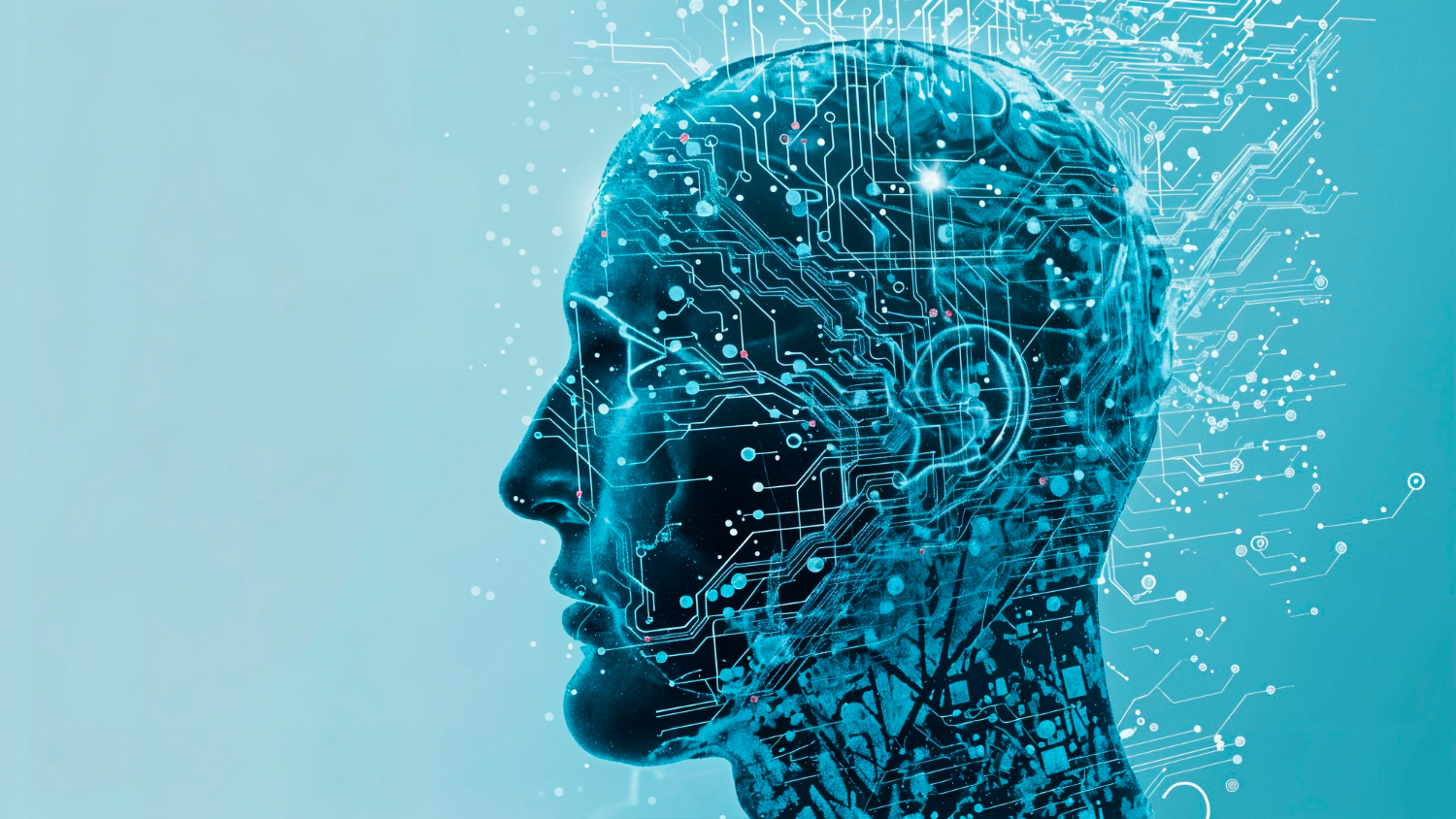
Empowering Your People Isn’t Enough | DConsulted
Learn why empowering employees alone doesn’t guarantee success. Discover how strategic alignment and leadership support drive real results.
Systems & Software you can ship with confidence.


Learn why empowering employees alone doesn’t guarantee success. Discover how strategic alignment and leadership support drive real results.